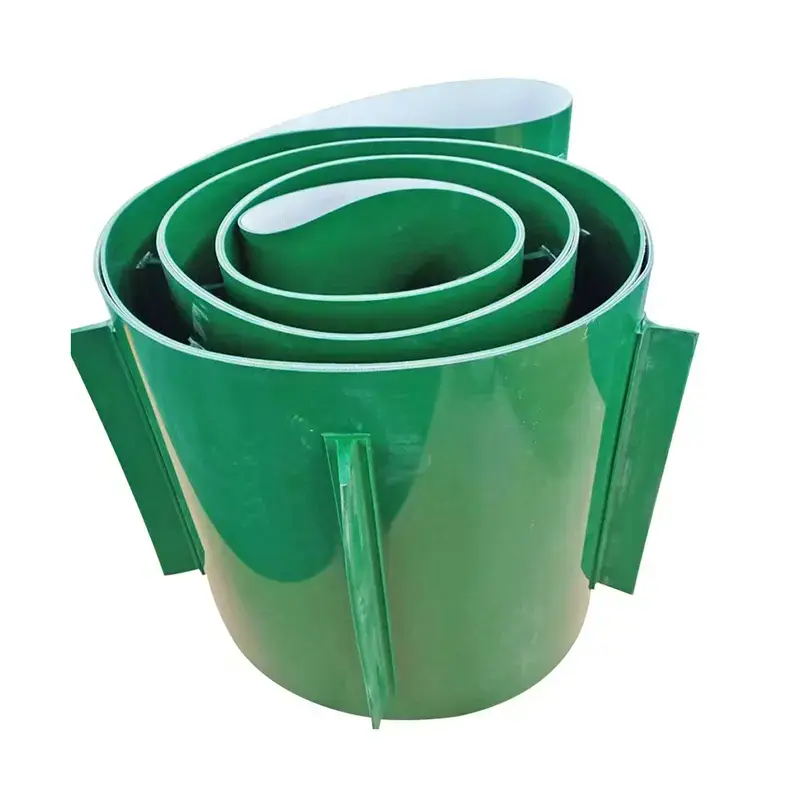 +86-19862000127
+86-19862000127 Timing Belt Replacement Cost: What You Need to Know
A Timing Belt is a crucial component in many internal combustion engines, ensuring that the camshaft and crankshaft rotate in sync. If the timing belt fails, it can lead to serious engine damage, which is why replacing it at the manufacturer-recommended interval is essential. But how much does atiming belt replacement cost, and what factors affect it?
Average Cost of Timing Belt Replacement
The cost to replace a timing belt typically ranges from $300 to $1,000, depending on the make and model of your vehicle, labor rates in your area, and whether additional components such as the water pump, tensioners, or pulleys are replaced at the same time. For luxury or high-performance vehicles, the cost can exceed $1,200 due to more complex engine designs.

Factors That Influence Timing Belt Replacement Cost
Vehicle Make and Model: Cars with more accessible timing belts tend to have lower labor costs. For example, a Honda Civic may cost less to service than an Audi A4 due to engine layout.
Labor Costs: Labor rates vary by region and can significantly affect the total cost. Urban areas typically have higher hourly rates.
Parts Replaced: Mechanics often recommend replacing the water pump, tensioners, and seals during a timing belt job, which adds to the cost but prevents future issues.
OEM vs. Aftermarket Parts: Using Original Equipment Manufacturer (OEM) parts is usually more expensive than aftermarket alternatives but may offer better reliability.
Why Timely Replacement Matters
Delaying timing belt replacement can lead to belt failure, which in interference engines may result in valve and piston damage—a repair that can cost several thousand dollars. Preventative maintenance not only saves money in the long run but also ensures your vehicle remains safe and reliable.
Conclusion
While timing belt replacement can seem costly, it is a necessary investment in your vehicle’s long-term health. Be sure to check your owner’s manual for the recommended replacement interval, usually between 60,000 and 100,000 miles. A proactive approach can help avoid engine failure and expensive repairs down the road.














